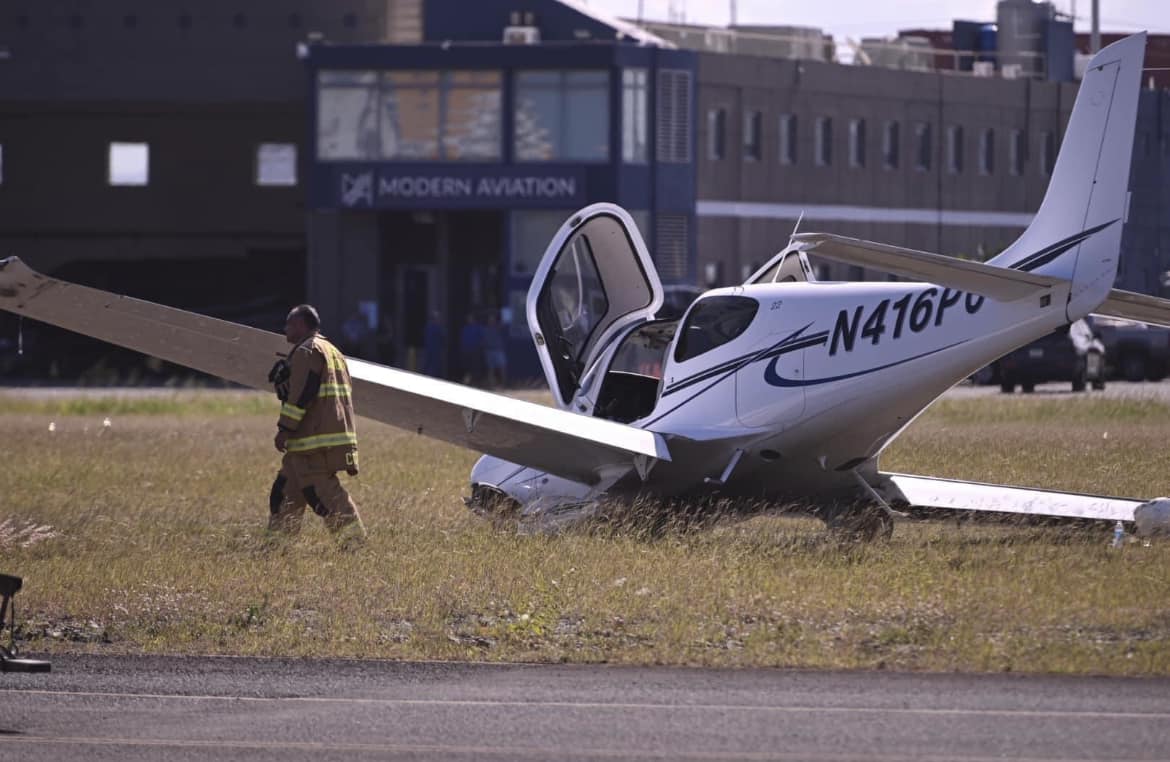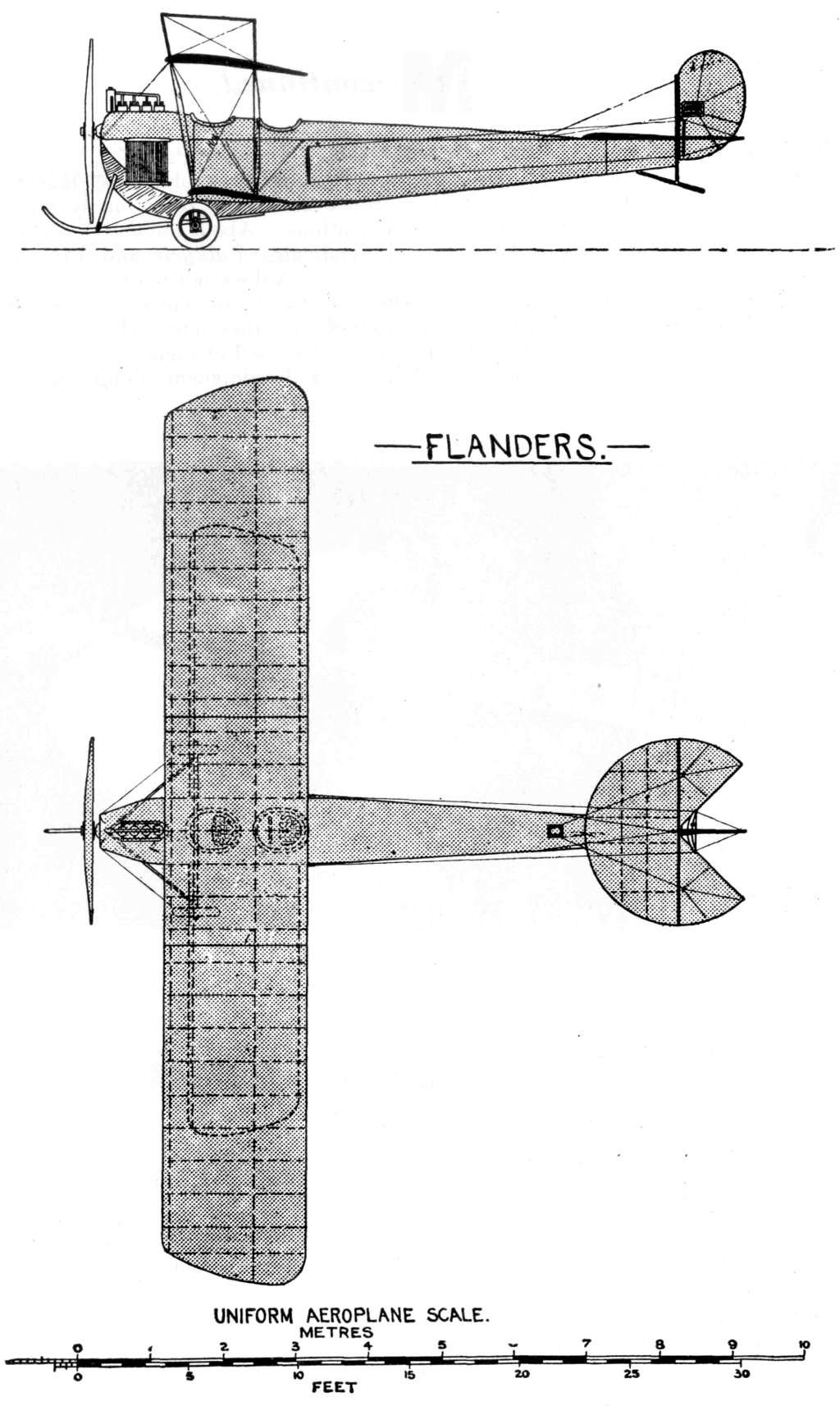Beech Aircraft Corp. V. Rainey - In addition to this concern that the court not be misled because portions of a statement are taken out of context, the rule has also addressed the danger that an out-of-context statement may create such prejudice that it is impossible to repair by a subsequent
presentation of additional material. The issue in this litigation, however, involves only the first concern. The Advisory Committee proposed a nonexclusive list of four factors it thought would be helpful in passing on this question: (1) the timeliness of the investigation;
Beech Aircraft Corp. V. Rainey

(2) the investigator's skill or experience; (3) whether a hearing was held; and (4) possible bias when reports are prepared with a view to possible litigation (citing Palmer v. Hoffman, 318 U.S. 109, 63 S.Ct. 477, 87 L.Ed. 645 (1943)).
Advisory Committee's Notes on Fed.Rule Evid. 803(8), 28 U.S.C.App., p. 725; see Note, The Trustworthiness of Government Evaluative Reports under Federal Rule of Evidence 803(8)(C), 96 Harv.L.Rev. 492 (1982). Rainey admitted having made both statements. On cross-examination, Rainey's counsel asked the following question: "In the same letter to which Mr. Toothman made reference to in his questions, sir, did you also say that the most probably [sic] primary cause of this mishap was rollback?
" Id., at 77. Before Rainey answered, the court sustained a defense objection on the ground that the question asked for Rainey's opinion. Further questioning along this line was cut off. At trial, the only seriously disputed question was whether pilot error or equipment malfunction had caused the crash.
Both sides relied primarily on expert testimony. One piece of evidence presented by the defense was an investigative report prepared by Lieutenant Commander William Morgan on order of the training squadron's commanding officer and pursuant to authority granted in the Manual of the Judge Advocate General.
This "JAG Report," completed during the six weeks following the accident, was organized into sections labeled "finding of fact," "opinions," and "recommendations," and was supported by some 60 attachments. The "finding of fact" included statements like the following:
See Melville v. American Home Assurance Co., 584 F.2d 1306, 1315-1316 (CA3 1978); Ellis v. International Playtex, Inc., 745 F.2d 292, 300-301 (CA4 1984); Kehm v. Procter & Gamble Mfg. Co., 724 F.2d 613, 618 (CA8 1983);
Jenkins v. Whittaker Corp., 785 F.2d 720, 726 (CA9), cert. denied, 479 U.S. 918, 107 S.Ct. 324, 93 L.Ed.2d 296 (1986); Perrin v. Anderson, 784 F.2d 1040, 1046-1047 (CA10 1986). We emphasize that the issue in this litigation is whether Rule 803(8)(C) recognizes any difference between statements of "fact" and "opinion."
There is no question here of any distinction between "fact" and "law." We thus express no opinion on whether legal conclusions contained in an official report are admissible as "findings of fact" under Rule 803(8)(C). "Because both pilots were killed in the crash and because of the nearly total destruction of the aircraft by fire, it is almost impossible to determine exactly what happened to Navy 3E955 from the time it left the runway on

See also E. Cleary, McCormick on Evidence 27 (3d ed. 1984) ("There is no conceivable statement however specific, detailed and 'factual,' that is not in some measure the product of inference and reflection as well as observation and memory
"); R. Lempert & S. Saltzburg, A Modern Approach to Evidence 449 (2d ed. 1982) ("A factual finding, unless it is a simple report of something observed, is an opinion as to what more basic facts imply").
Thus, the traditional requirement that lay witnesses give statements of fact rather than opinion may be considered, "[l]ike the hearsay and original documents rules . . . a 'best evidence' rule." McCormick, Opinion Evidence in Iowa, 19 Drake L.Rev.
245, 246 (1970). Our conclusion that the Committee was concerned only about the question of the admissibility vel non of "evaluative reports," without any distinction between statements of "fact" and "conclusions," draws support from the fact that this was the focus of scholarly debate on
the official reports question prior to adoption of the Federal Rules. Indeed, the problem was often phrased as one of whether official reports could be admitted in view of the fact that they contained the investigator's conclusions.
Thus Professor McCormick, in an influential article relied upon by the Committee, stated his position as follows: "[e]valuative reports of official investigators, though partially based upon statements of others, and though embracing conclusions, are admissible as evidence of the facts
reported." McCormick, Can the Courts Make Wider Use of Reports of Official Investigations?, 42 Iowa L.Rev. 363, 365 (1957) (emphasis added). While much of the controversy in this suit has centered on whether Rule 106 applies, we find it unnecessary to address that issue.
Clearly the concerns underlying Rule 106 are relevant here, but, as the general rules of relevance permit a ready resolution to this litigation, we need to go no further in exploring the scope and meaning of Rule 106.15
Because the Federal Rules of Evidence are a legislative enactment, we turn to the "traditional tools of statutory construction," INS v. Cardoza-Fonseca, 480 U.S. 421, 446, 107 S.Ct. 1207, 1221, 94 L.Ed.2d 434 (1987), in order to construe their provisions.

We begin with the language of the Rule itself. Proponents of the narrow view have generally relied heavily on a perceived dichotomy between "fact" and "opinion" in arguing for the limited scope of the phrase "factual findings."
Smith v. Ithaca Corp. contrasted the term "factual findings" in Rule 803(8)(C) with the language of Rule 803(6) (records of regularly conducted activity), which expressly refers to "opinions" and "diagnoses." "Factual findings," the court opined, must be something other than opinions.
612 F.2d, at 221-222.8 Nor would a hearsay objection have been available. Although the question called for Rainey to testify to an out-of-court statement, that statement was not offered "to prove the truth of the matter asserted."
Rule 801(c). Rather, it was offered simply to prove what Rainey had said about the accident six months after it happened, and to contribute to a fuller understanding of the material the defense had already placed in evidence.
Clearly this legislative history reveals a difference of view between the Senate and the House that affords no definitive guide to the congressional understanding. It seems clear however that the Senate understanding is more in accord with the wording of the Rule and with the comments of the Advisory Committee.9
"Records, reports, statements, or data compilations, in any form, of public offices or agencies, setting forth (A) the activities of the office or agency, or (B) matters observed pursuant to duty imposed by law as to which matters
there was a duty to report, . . . or (C) in civil actions and proceedings and against the Government in criminal cases, factual findings resulting from an investigation made pursuant to authority granted by law, unless the sources of information or other circumstances indicate
lack of trustworthiness." Turning next to the legislative history of Rule 803(8)(C), we find no clear answer to the question of how the Rule's language should be interpreted. Indeed, in this litigation the legislative history may well be at the origin of the dispute.
Rather than the more usual situation where a court must attempt to glean meaning from ambiguous comments of legislators who did not focus directly on the problem at hand, here the Committees in both Houses of Congress clearly recognized and expressed their opinions on the precise question at issue

. Unfortunately, however, they took diametrically opposite positions. Moreover, the two Houses made no effort to reconcile their views, either through changes in the Rule's language or through a statement in the Report of the Conference Committee.
Baker involved a police officer's report on an automobile accident. While there was no direct witness as to the color of the traffic lights at the moment of the accident, the court held admissible the officer's conclusion on the basis of his investigations at the accident scene and an interview with one of the drivers that "apparently unit
# 2 . . . entered the intersection against a red light." 588 F.2d, at 555. The disagreement in these cases is not about applicable Rules of Evidence, but how a trial judge should fairly have understood an offer of proof under these circumstances.
This Court, far removed from the factual context and on the basis of a cold record, is in no position to say that the trial court's ruling in this situation was an abuse of discretion. Cf.
Anderson v. Bessemer City, 470 U.S. 564, 575, 105 S.Ct. 1504, 1512, 84 L.Ed.2d 518 (1985). Our conclusion that neither the language of the Rule nor the intent of its framers calls for a distinction between "fact" and "opinion" is strengthened by the analytical difficulty of drawing such a line.
It has frequently been remarked that the distinction between statements of fact and opinion is, at best, one of degree: "f. As the aircraft was rolling from a climbing left turn to a climbing right turn, ENS Knowlton released the stick letting the up elevator trim take effect causing the nose of the aircraft to pitch abruptly up.
"The Committee approved Rule 803(8) without substantive change from the form in which it was submitted by the Court. The Committee intends that the phrase 'factual findings' be strictly construed and that evaluations or opinions contained in public reports shall not be admissible
under this Rule." H.R.Rep. No. 93-650, p. 14 (1973), U.S. Code Cong. & Admin. News 1974, pp. 7051, 7088. BRENNAN, J., delivered the opinion of the Court, in which WHITE, MARSHALL, BLACKMUN, STEVENS, SCALIA, and KENNEDY, JJ., joined, and in Parts I and II of which REHNQUIST, C.J., and O'CONNOR, J
., joined. REHNQUIST, C.J., filed an opinion concurring in part and dissenting in part, in which O'CONNOR, J., joined, post, p. 176. * * * * * Because of the damage to the plane and the lack of any survivors, the cause of the accident could not be determined with certainty.

The two pilots' surviving spouses brought a product liability suit against petitioners Beech Aircraft Corporation, the plane's manufacturer, and Beech Aerospace Services, which serviced the plane under contract with the Navy.1 The plaintiffs alleged that the crash had been caused by a loss of
engine power, known as "rollback," due to some defect in the aircraft's fuel control system. The defendants, on the other hand, advanced the theory of pilot error, suggesting that the plane had stalled during the abrupt avoidance maneuver.
"d. As ENS Knowlton was climbing to pattern altitude, he did not see the aircraft established on downwind so he began his crosswind turn. Due to ENS Knowlton's large size, LCDR Rainey was unable to see the conflicting traffic.
We add that we find surprising the degree of certainty manifested by the dissent as to what the trial judge understood Rainey's counsel to be arguing—so certain indeed that it would correct what he actually said.
Compare n. 16, supra ("that doesn't mean you can qualify him"), with post, at 176 ("that doesn't mean you can['t] qualify him"). The dissent has the trial judge suggest that counsel qualify Rainey as an expert, and implicitly faults counsel for not having proceeded to do so.
Yet there is no basis whatsoever—other than the dissent's apparent belief that it is what he should have said—for assuming that the trial judge meant to say "can't" when he in fact said "can." "e. Hearing the first call, LCDR Rainey probably cautioned ENS Knowlton to check for traffic. Hearing the second call, she took immediate action and told ENS Knowlton she had the aircraft as she initiated a turn toward an upwind heading.
I join Parts I and II of the Court's opinion, but dissent from Part III. I do not believe the District Court abused its discretion in refusing to admit this particular testimony. The Court concedes that "counsel did not explain the evidentiary basis of his argument as thoroughly as might ideally be desired . . ."
ante, at 174, but I would go further and say that counsel's brief presentation to the District Court was ambiguous at best. We hold, therefore, that portions of investigative reports otherwise admissible under Rule 803(8)(C) are not inadmissible merely because they state a conclusion or opinion.
As long as the conclusion is based on a factual investigation and satisfies the Rule's trustworthiness requirement, it should be admissible along with other portions of the report.13 As the trial judge in this action determined that certain of the JAG Report's conclusions were trustworthy, he

rightly allowed them to be admitted into evidence. We therefore reverse the judgment of the Court of Appeals in respect of the Rule 803(8)(C) issue. "Q. One last point. In the same letter to which Mr. Toothman made reference to in his questions, sir, did you also say that the most likely [sic] primary cause of this mishap was rollback?
See Advisory Committee's Notes on Fed.Rule Evid. 803(8), 28 U.S.C.App., pp. 724-725. As Congress did not amend the Advisory Committee's draft in any way that touches on the question before us, the Committee's commentary is particularly relevant in determining the meaning of the document Congress enacted.
* * * * * Nor, in view of our disposition of the action, need we address the alternative ground cited by the Court of Appeals for its decision, namely that Rainey's proposed testimony would have constituted a "prior consistent statement" under Rule 801(d)(1)
(B). (b) Petitioners' contention that Rainey waived the right to pursue the cross-examination testimony issue on appeal because he did not properly raise it in the trial court is not persuasive. The nature of Rainey's proposed testimony was abundantly apparent from the very question put by his counsel, such that the offer-of-proof requirement of Federal Rule of Evidence 103(a)(2) was satisfied.
Moreover, Rainey's counsel substantially satisfied the requirement of Federal Rule of Civil Procedure 46 that he put the court on notice as to his objection to the exclusion and the grounds therefor, when, in the colloquy following the defense objection to his question, and before he
was cut off, he began to articulate his completeness argument. pp. 174—175. "All statements in language are statements of opinion, i.e., statements of mental processes or perceptions. So-called 'statements of fact' are only more specific statements of opinion. What the judge means to say, when he asks the witness to state the
facts, is: 'The nature of this case requires that you be more specific, if you can, in your description of what you saw.' " W. King & D. Pillinger, Opinion Evidence in Illinois 4 (1942) (footnote omitted), quoted in 3 J. Weinstein & M. Berger, Weinstein's Evidence ¶ 701[01], p.
701-6 (1988). "If counsel specifies a purpose for which the proposed evidence is inadmissible and the judge excludes, counsel cannot complain of the ruling on appeal even though it could have been rightly admitted for another purpose."
E. Cleary, McCormick on Evidence § 51, p. 125 (3d ed. 1984).
ultralight amphibians for sale, new beech aircraft, beech aircraft corporation, beech aircraft models, beech aircraft company, beech aircraft parts
0 Comments